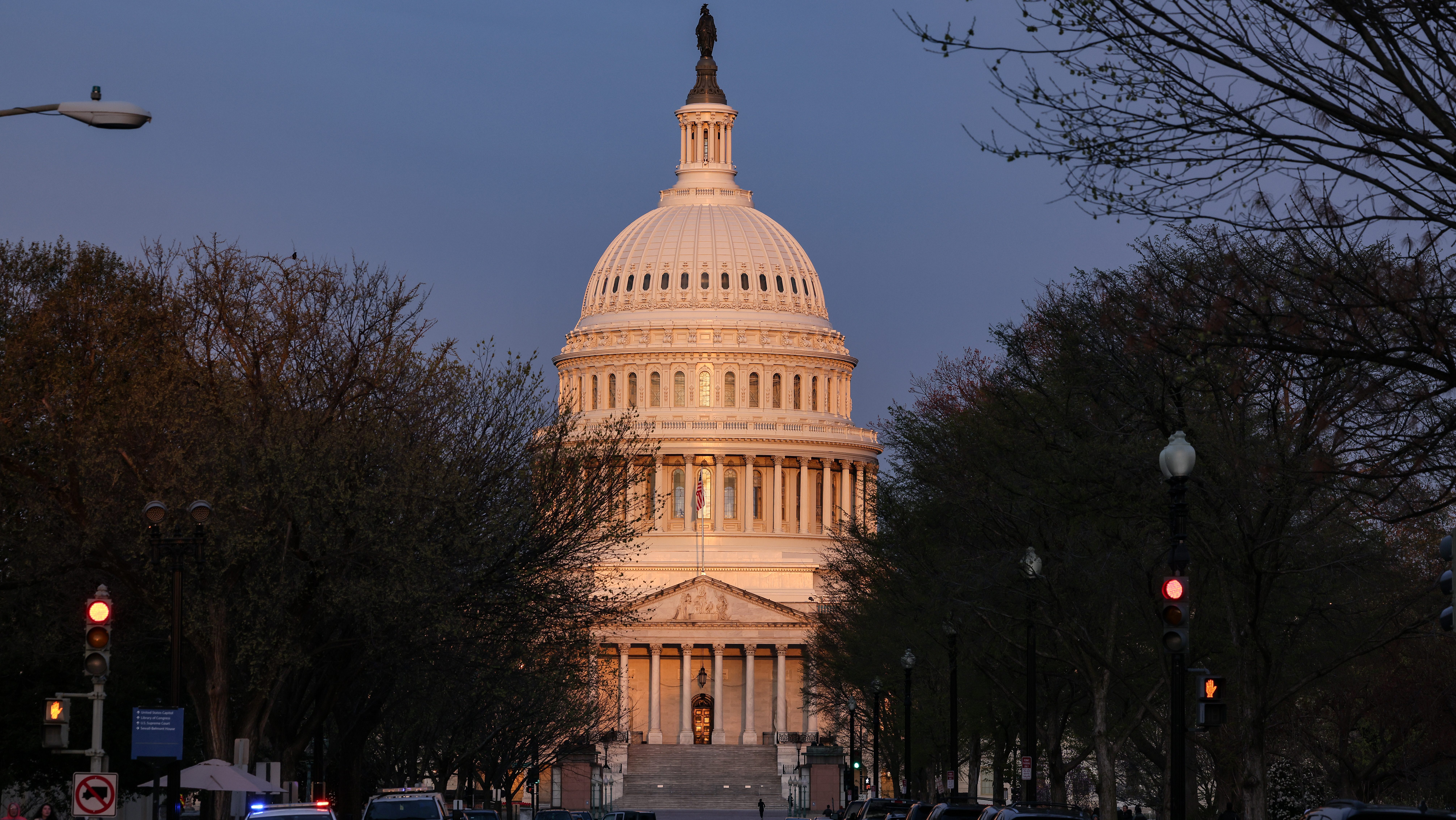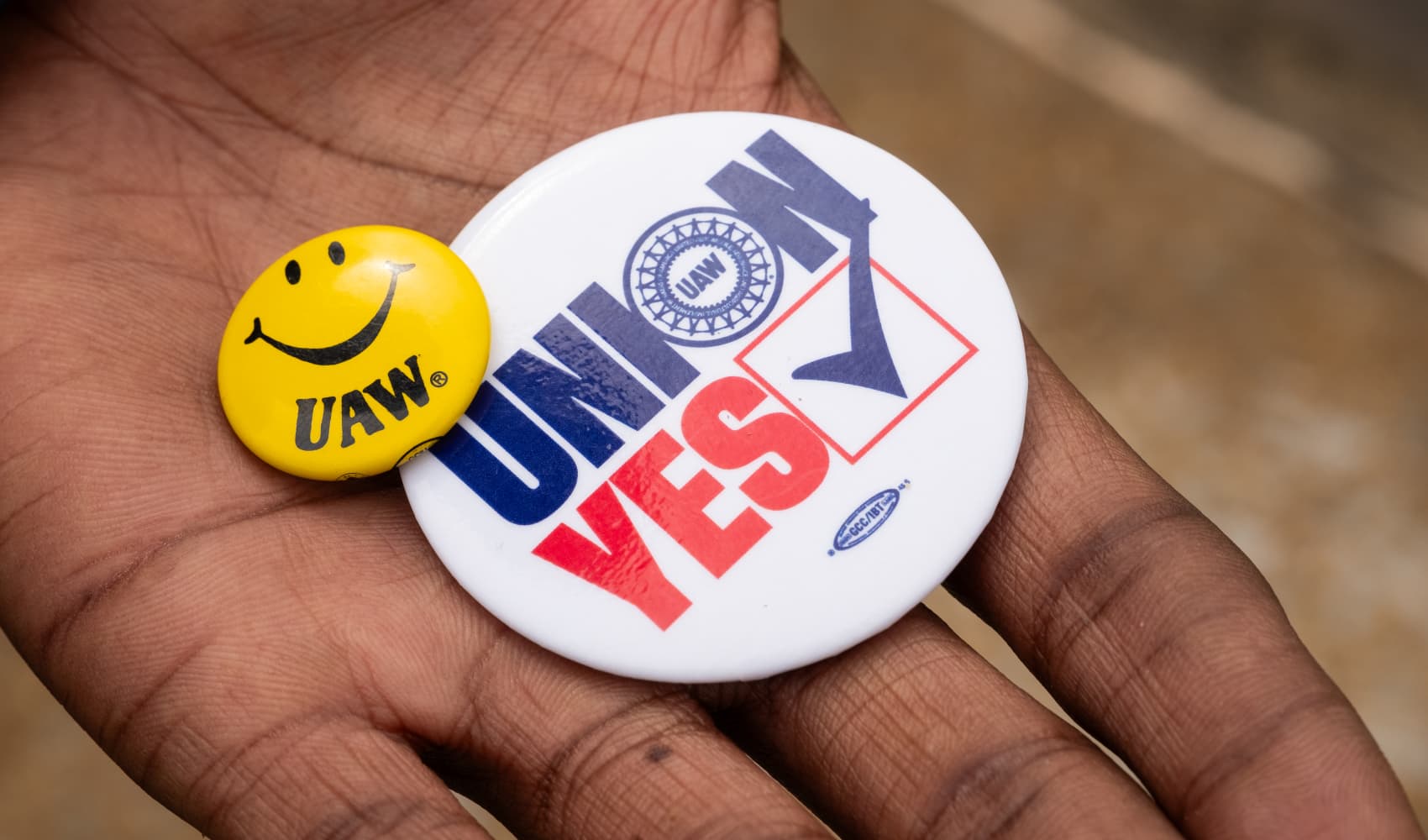The end of daylight saving time this year means an an extra hour of Halloween festivities over the weekend or just some much needed sleep.
Whether you're going to bed at your regular time or still partying at your friend's spooky Halloween bash Saturday night or early Sunday, don't forget to move your clocks back one hour. The change happens at 2 a.m. on Sunday, Nov. 1.
Here are five things to know about daylight saving time before you adjust your watches, alarms and microwaves (most cell phones adjust on their own):
How It Affects Your Health:
The change can disturb your sleep pattern and taking advantage of the extra hour to stay up a bit longer over the Halloween weekend may add to the problem.
According to David Earnest, a professor of neuroscience and experimental therapeutics at Texas A&M University, the time change can have different effects on people, depending on their age, work schedule and their eating and sleeping routines.
“Our internal clocks have to shift, be it only an hour, and the ability to do that varies from individual to individual,” Earnest told USA Today, adding that most people should adjust to the new time change within a day or two.
U.S. & World
The day's top national and international news.
When Was DST Implemented
Before President Lyndon B. Johnson signed the Uniform Time Act in 1966, which established a uniform daylight saving time, local governments could start and end daylight saving time as they desired. For five weeks a year Boston, New York and Philadelphia were not on the same time as Washington, D.C., Cleveland or Baltimore. Different daylight saving times also caused confusion for travelers going from the Midwest to Northeast.
In 2005, President George W. Bush extended the daylight saving time for an extra four weeks through an energy bill. Since 2007, daylight saving time has begun on the second Sunday of March, ending on the first Sunday of November.
Not All States Observe DST
Arizona and Hawaii are the only two states that do not observe daylight saving time. Indiana did not observe the practice until 2005. The American territories of American Samoa, Guam, Puerto Rico and the Virgin Islands also do not participate.
Some states have tried to get rid of daylight saving time but haven't been successful. In the last year alone, 14 state legislatures have debated bills aimed at revising how we keep time. In March, the Utah state legislature rejected a bill that would have ended daylight saving time.
Founding Father Did Not Come Up with DST
According to the History Channel, Benjamin Franklin did not come up with the idea of daylight saving time; he only suggested a change in sleep schedules.
Englishman William Willett is the one who suggested in 1905 that the United Kingdom move its clocks forward by 80 minutes between April and October, so people could enjoy the sunlight. He published "The Waste of Daylight" and spent much of his fortune and time promoting the idea.
DST is Singular Not Plural
By the way, it's "daylight saving time," not "daylight savings time."



